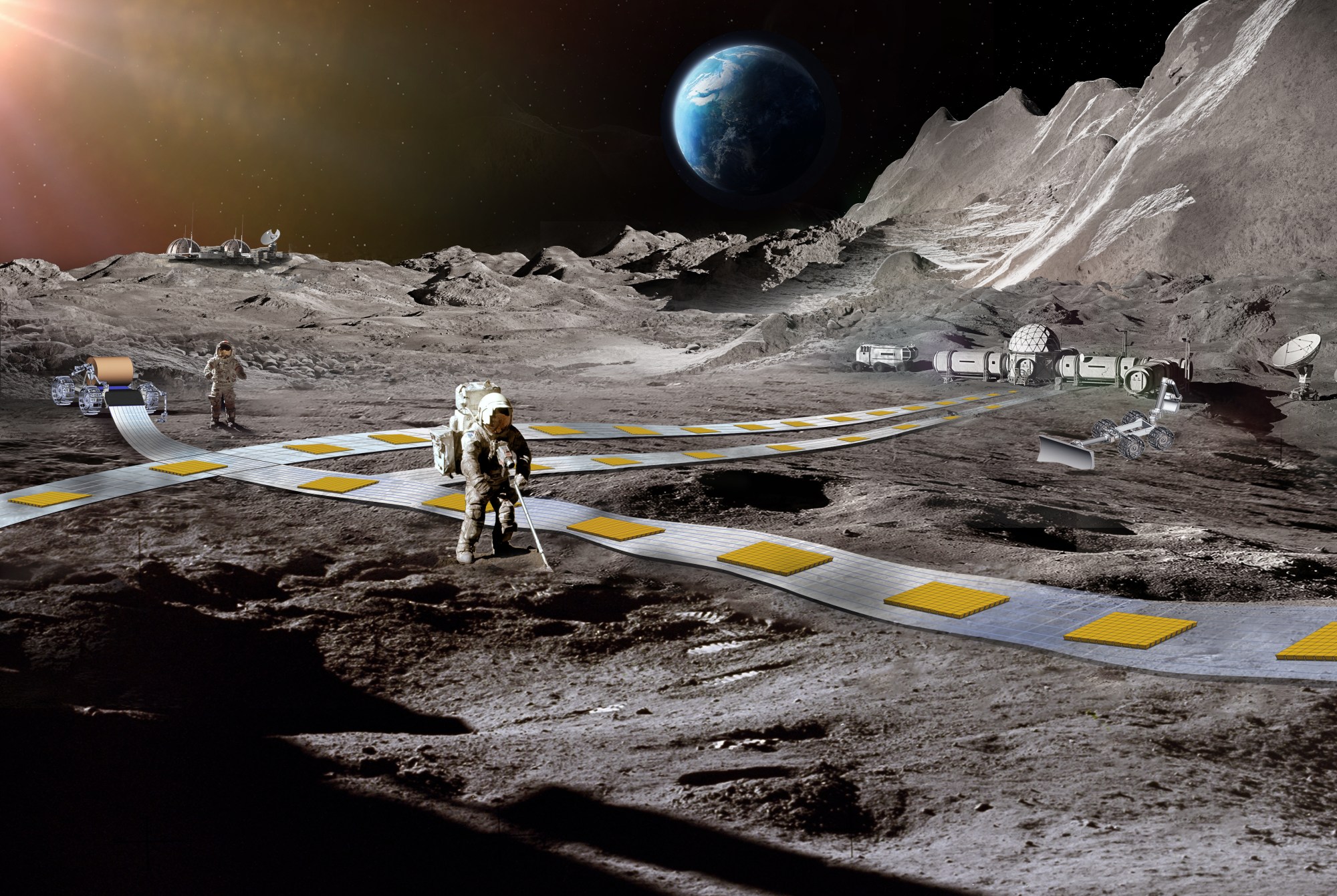
NASA, in collaboration with Northrop Grumman and the Defense Advanced Research Projects Agency (DARPA), has embarked on an ambitious project to build the first railway on the Moon. This initiative, part of NASA’s broader Artemis program, aims to support sustainable human exploration and development on the lunar surface. The lunar railway, referred to as the “Moon Train,” is envisioned to facilitate the seamless transportation of people, goods, and resources across the Moon’s vast and challenging terrain.
The Objectives and Scope of the Moon Railway
The primary goal of the lunar railway is to create a reliable and efficient transport system that can support both scientific research and commercial activities. The railway is expected to play a crucial role in the establishment of a permanent human presence on the Moon by enabling the transportation of essential materials, equipment, and personnel. This project aligns with NASA’s long-term vision of creating a sustainable lunar economy and serves as a critical component of the agency’s “Moon to Mars” objectives.
Technological and Logistical Challenges
Building a railway on the Moon presents unique challenges, including harsh environmental conditions, limited resources, and the need for autonomous operations. To address these challenges, Northrop Grumman will leverage advanced robotics and autonomous technologies. The company’s responsibilities include defining the interfaces and resources required for the railway, identifying and mitigating technological and logistical risks, and developing prototypes and concept designs for the railway infrastructure.
Key Technologies and Innovations
The Moon Train project will incorporate several innovative technologies to ensure the railway’s functionality and sustainability. These include:
- Autonomous Robotics: Robots will perform critical tasks such as grading and foundation preparation, track placement, alignment, and maintenance.
- Resource Utilization: The project will explore ways to use lunar regolith (the Moon’s surface material) for construction, potentially reducing the need to transport materials from Earth.
- Sustainable Design: The railway system will be designed to operate efficiently with minimal maintenance, leveraging solar power and other sustainable energy sources.
Collaborative Efforts and Future Prospects
This project is a collaborative effort involving multiple international space agencies and commercial partners. The European Space Agency (ESA), the China National Space Administration (CNSA), and Roscosmos are also contributing to lunar exploration efforts through projects like the International Lunar Research Station (ILRS). These collaborations are crucial for sharing resources, expertise, and infrastructure, ultimately accelerating the development of a sustainable lunar economy.
NASA’s plan to build the first railway on the Moon represents a significant step towards achieving sustainable lunar exploration and development. By addressing the unique challenges of the lunar environment and leveraging advanced technologies, the Moon Train project aims to facilitate human presence and economic activity on the Moon. This visionary endeavor underscores NASA’s commitment to exploring new frontiers and paving the way for future missions to Mars and beyond.






















